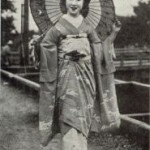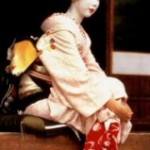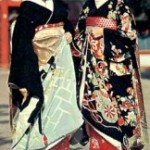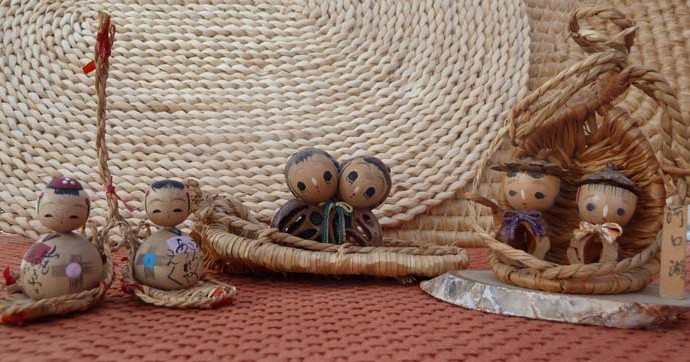There is a new gallery in the About>Present section of the website. It is composed of images taken by Philip and Elizabeth Hooper during a visit in 2010 to the Russian Museum of Ethnography in St. Petersberg. It shows Russian peasants in traditional dress wearing straw sandals made from the inner bark of birch trees. The collection contains examples of these kinds of woven shoes from Russia (items R1 and R2) and Finland (items F1 and F2). The skills to obtain the raw materials and to craft these shoes have migrated to the United States along with immigrants from Scandinavian countries, a more recent example of human migrations spreading handicrafts. Elizabeth also created three galleries of contemporary Russians wearing their shoes and boots. It is interesting to see how footwear continues to evolve while at the same time preserving ancient accents and patterns. I have included these URLs below. Enjoy the slides accompanied by Russian music and lighthearted commentary:
http://russiatrek2010.wordpress.com/2010/09/22/shoespart-i/
http://russiatrek2010.wordpress.com/2010/11/22/shoes-part-2-2/
http://russiatrek2010.wordpress.com/2010/11/29/shoes-final-2/




